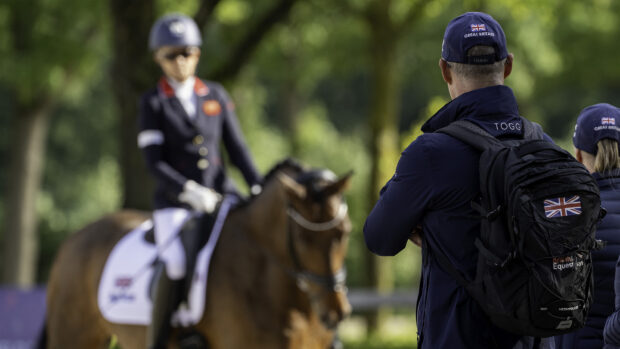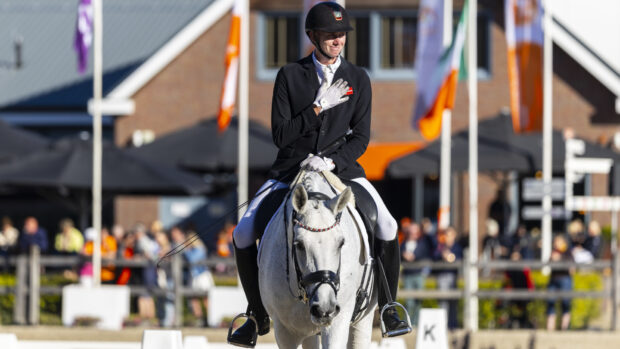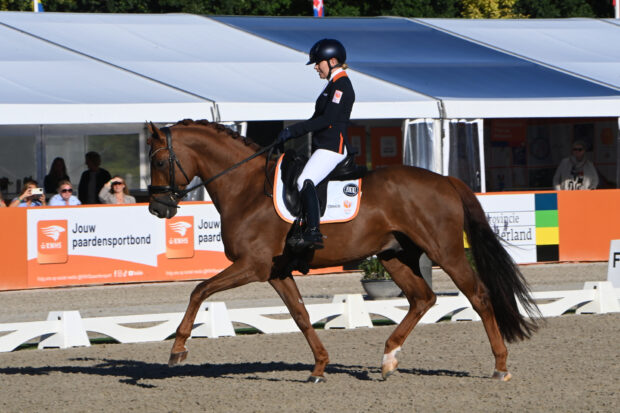The dust has barely settled on the European Dressage Championships at Jiva Hill Stables in Crozet, France, and our focus has already turned to the European Para Dressage Championships at Ermelo in the Netherlands . The competition at the Dutch National Equestrian Centre kicks off on Wednesday 3 September and runs until Sunday 7 September.
If you’re not familiar with the world of elite para dressage competition, then here is a helpful guide to the grading system and how the medals will be decided, so you can be well informed to follow along as the action plays out. H&H’s senior news writer Becky Murray will be on site throughout the championship bringing you all the news as it happens.
European Para Dressage Championships format
How do the para dressage grades work?
Para riders are grouped into five grades according to how their impairment affects their riding.
Grade I is for the most severely impaired athletes (tests are ridden in walk), while grade V is for the least (walk, trot, canter and lateral work).
Grades II and III compete in walk and trot, and Grade IV includes all three paces plus lateral work. Riders in grades I-III compete in the short arena, while riders in grades IV and V ride in the long arena.
Nations can send either two individuals or one team of three or four. Every team must include at least one rider from grades I to III, and no more than two from the same grade.
Britain is sending a team of four riders to Ermelo: two Grade I (Gabriella Blake and Mari Durward-Akhurst), one Grade II (Jemima Green) and one Grade IV (Nicola Naylor)
How are the individual medals decided?
The championships open with the para grand prix A (individual test). Every rider competes in this round, and medals are awarded in each of the five grades.
How are the team medals decided?
Next comes the para grand prix B (team test). All team members ride, but only the best three scores count, and at least one of those must come from grades I to III. Team medals are based solely on this test – results from the individual don’t carry over.
What about the freestyle?
Finally, the freestyle is reserved for the top eight riders in each grade, based on their combined results from the grand prix A and B tests. To qualify, riders must average at least 60% across the two. Each grade has its own freestyle medals, bringing the overall tally to 11 sets of medals at the championships.
- To stay up to date with all the breaking news from the European Para Dressage Championships, subscribe to the Horse & Hound website
You may also be interested in:
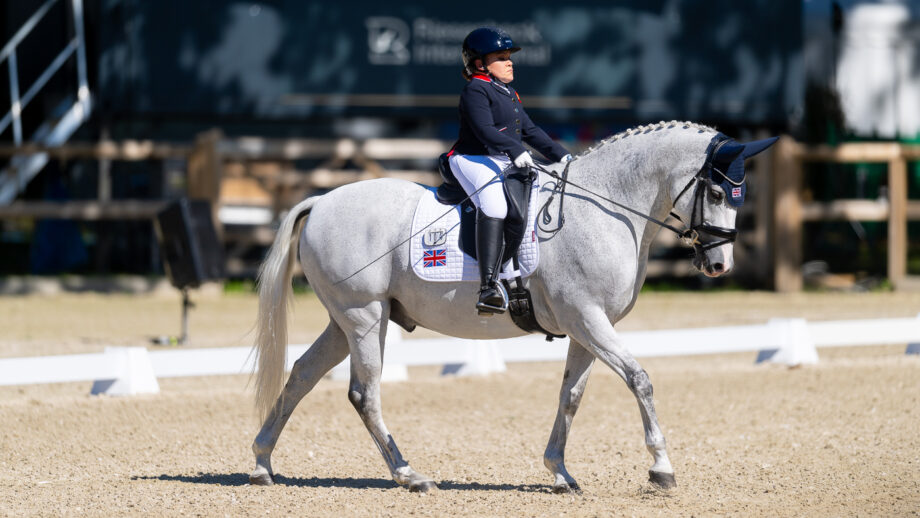
New names and medallists carry Britain’s hopes at European Para Dressage Championships
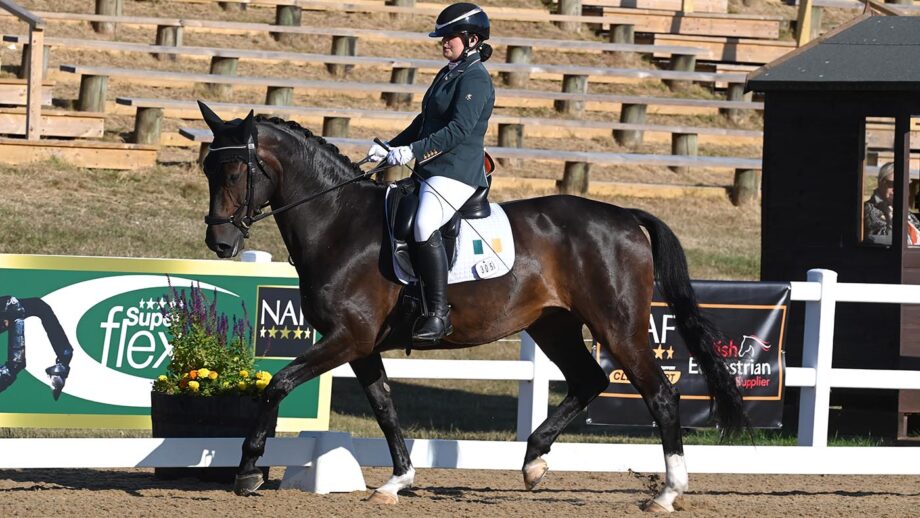
Former British medal-winning horse on Irish squad for European Para Dressage Championships

Visitors’ guide to Ermelo, the Netherlands – home to the 2025 European Para Dressage Championships
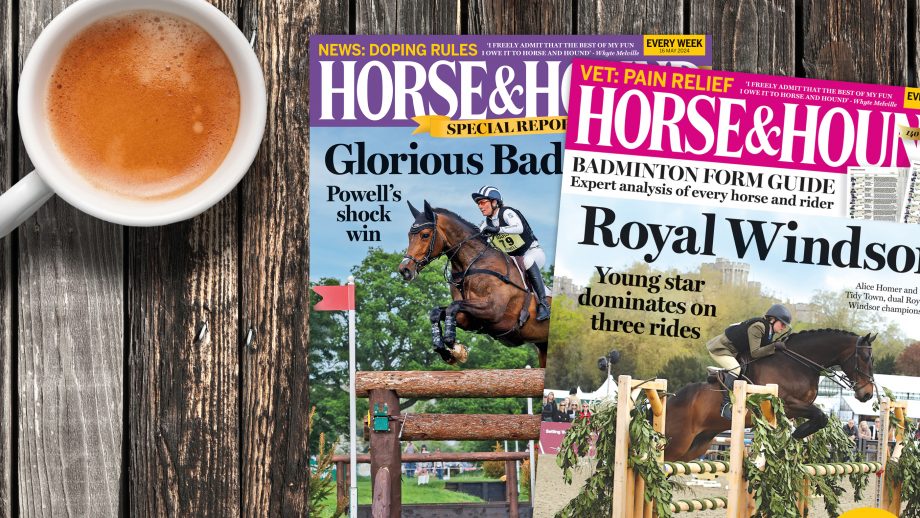
Subscribe to Horse & Hound magazine today – and enjoy unlimited website access all year round



